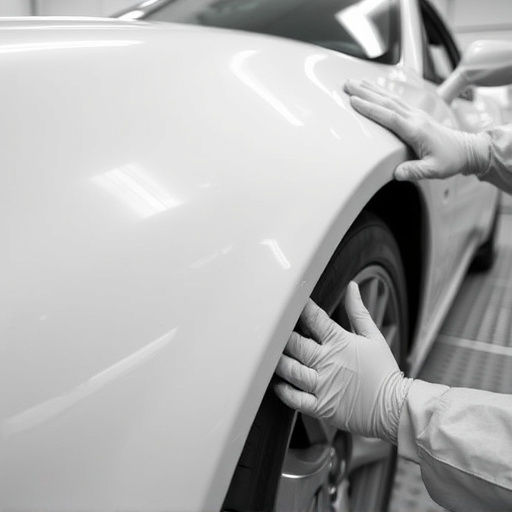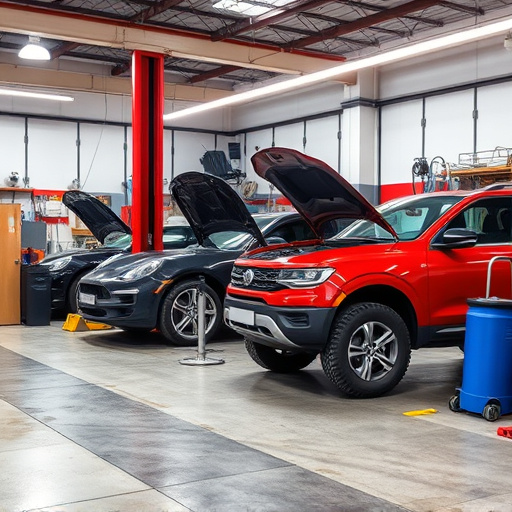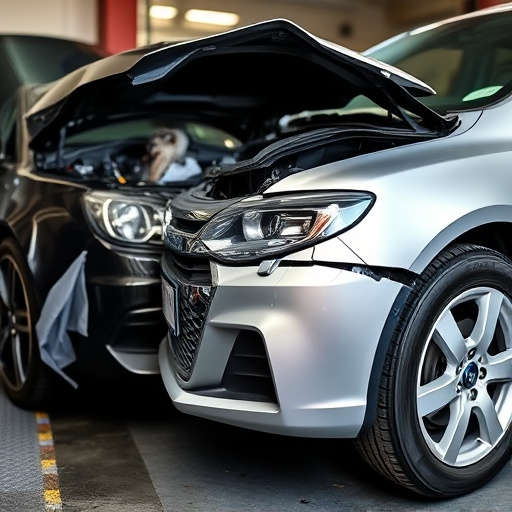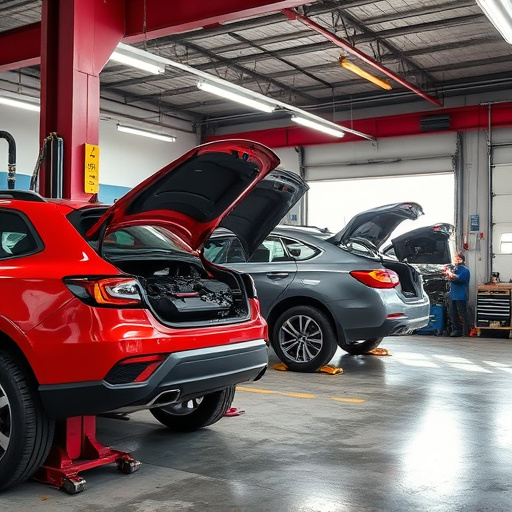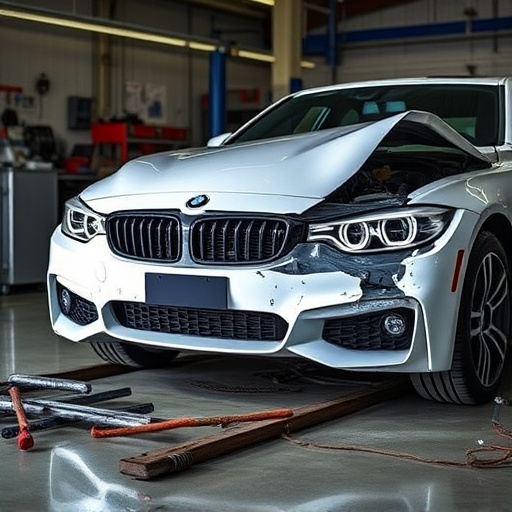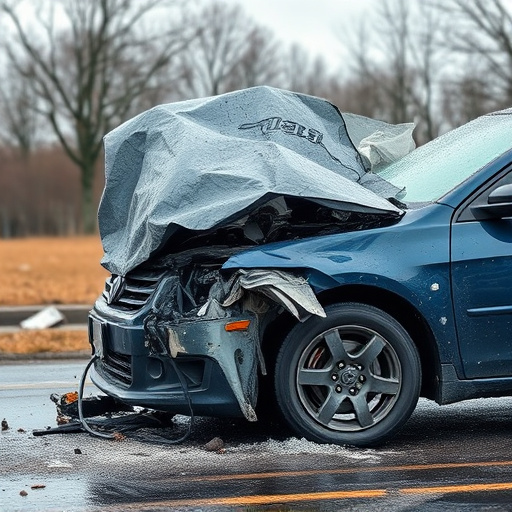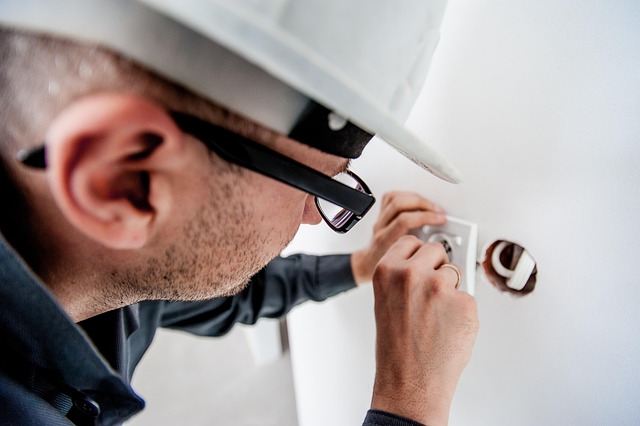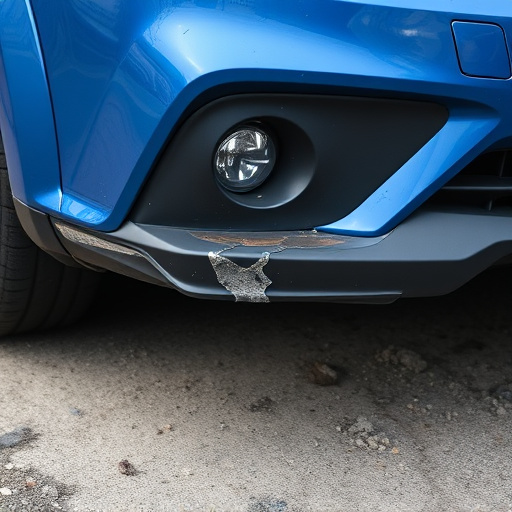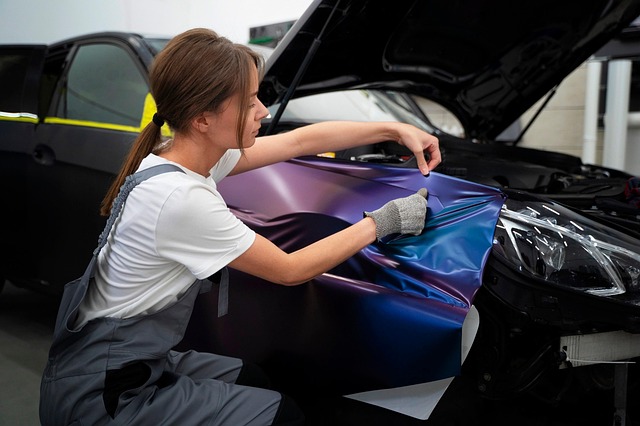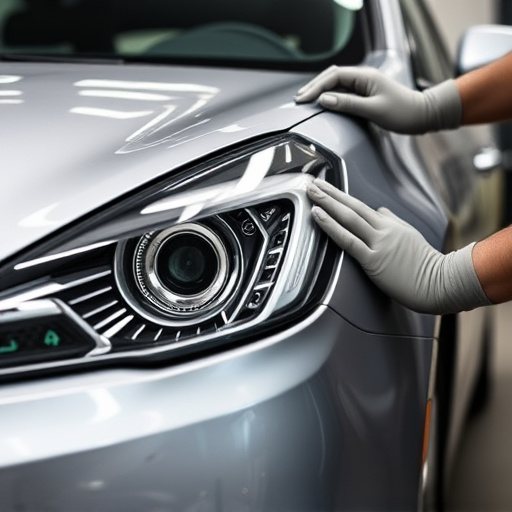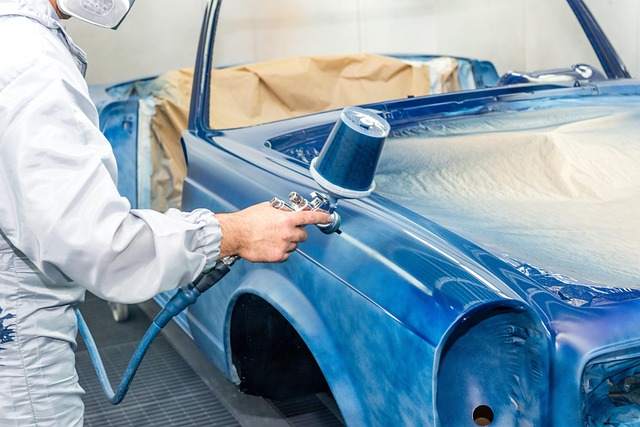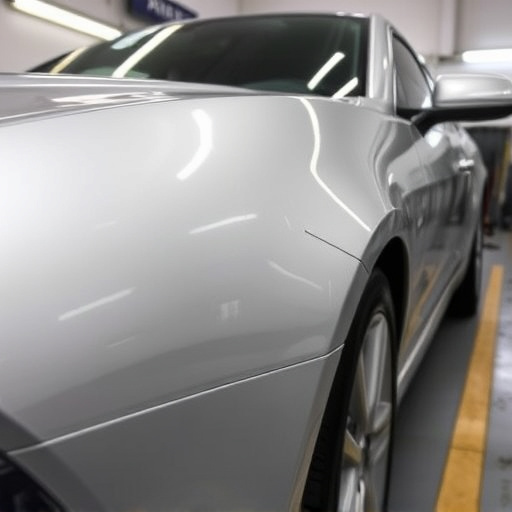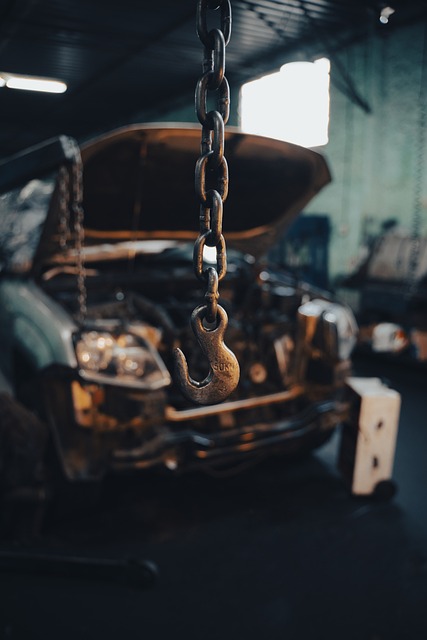Adhering to state safety regulations is vital for car body shops performing structural damage repair, ensuring vehicle integrity and legal compliance. Shops with trained staff and advanced equipment thoroughly inspect vehicles, determining repair vs. replacement for damaged parts while adhering to standards. This process guides the selection of techniques, from paintless dent repair to traditional restoration, for minimal or severe damage. Qualified professionals use specialized tools and knowledge to create tailored plans, conduct quality checks, and mitigate risks throughout repairs.
When facing structural damage, repairing your property must comply with state safety regulations to ensure a secure living environment. This comprehensive guide delves into the intricate world of structural repairs, emphasizing the importance of understanding local laws. We explore key considerations for assessing damage and effective strategies to achieve compliance while fostering safe restoration. By adhering to these practices, homeowners and contractors can navigate the process confidently, prioritizing both safety and regulatory adherence during structural damage repair.
- Understanding State Safety Regulations for Structural Repairs
- Key Considerations in Assessing Structural Damage
- Effective Strategies to Ensure Compliance and Safe Restoration
Understanding State Safety Regulations for Structural Repairs
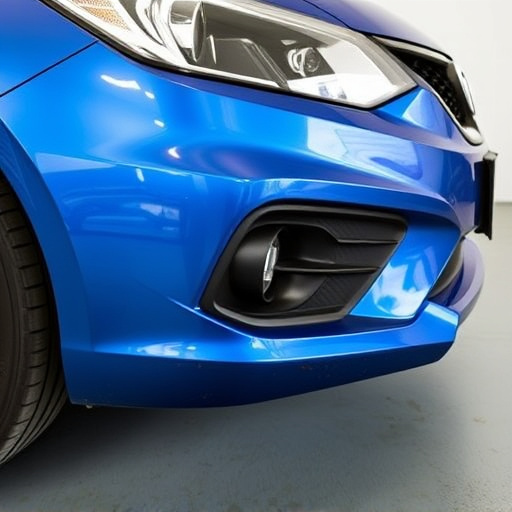
Understanding State Safety Regulations for Structural Repairs
When it comes to structural damage repair, adhering to state safety regulations is paramount. Each region has its own set of guidelines aimed at ensuring the structural integrity and safety of vehicles after repairs. These regulations cover a wide range of aspects, from proper training for technicians to strict quality control measures. Compliance with these standards is crucial not just for legal reasons but also for maintaining the functionality and longevity of the vehicle. For instance, in the case of Mercedes-Benz repair or any car body shop, adhering to safety protocols involves meticulous frame straightening techniques to accurately realign components without compromising structural soundness.
Car body shops engaging in structural damage repair must be well-versed in local codes and standards, which often include specific requirements for materials, tools, and procedures used. This includes understanding the intricacies of various repair processes like frame repair and alignment, ensuring that every step aligns with safety protocols. A competent car body shop will not only have knowledgeable staff but also state-of-the-art equipment to accurately assess and rectify structural damage, guaranteeing a safe and reliable vehicle for post-repair use.
Key Considerations in Assessing Structural Damage
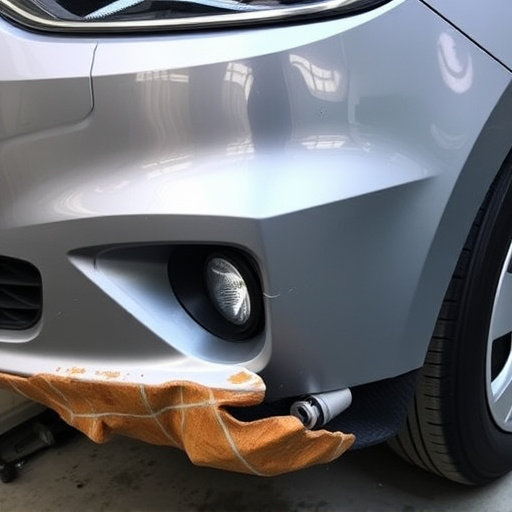
When assessing structural damage to a vehicle, several key considerations come into play. The first step is to conduct a thorough inspection, identifying every affected area and the extent of the damage. This includes examining the frame, body panels, suspension systems, and any other critical components that contribute to the overall structural integrity. A qualified technician or expert in structural damage repair must assess whether these parts can be safely repaired or if replacement is necessary.
The safety regulations set by states for vehicle repairs are non-negotiable. For instance, when considering a paintless dent repair technique versus traditional car body restoration, it’s crucial to evaluate the long-term durability and safety of each method. While paintless dent repair can be an efficient way to fix minor dents, it might not meet the same structural standards as comprehensive car body restoration for more severe damage. Ensuring compliance with state regulations and prioritizing safety should always guide the decision-making process in choosing the most suitable repair methods, whether that’s a vehicle body shop offering specialized services or DIY repairs.
Effective Strategies to Ensure Compliance and Safe Restoration

Ensuring compliance with state safety regulations is paramount when engaging in structural damage repair. To guarantee a secure and effective restoration process, several strategic measures should be implemented. One key strategy involves meticulous planning and assessment. This includes thoroughly inspecting the affected areas to identify potential hazards and determine the extent of damage. By creating a comprehensive plan tailored to specific needs, restorers can navigate the process with precision, adhering to all relevant codes and standards.
Moreover, employing qualified and experienced professionals is essential for safe structural damage repair. Trained technicians equipped with specialized tools and knowledge can effectively address complex issues associated with car body restoration or car damage repair. Utilizing industry-approved techniques and materials ensures not only compliance but also the longevity and integrity of the restored structure, whether it’s a residential building or a commercial property. Regular quality checks throughout the restoration process further safeguard against potential risks, ultimately fostering a safe environment for occupants and workers alike.
When undertaking structural damage repair, adhering to state safety regulations is paramount. By understanding these regulations, carefully assessing damage, and employing effective compliance strategies, professionals can ensure a safe and successful restoration process. Prioritizing both safety and regulation adherence is essential for protecting properties and the well-being of those involved, ultimately fostering a more secure built environment.
